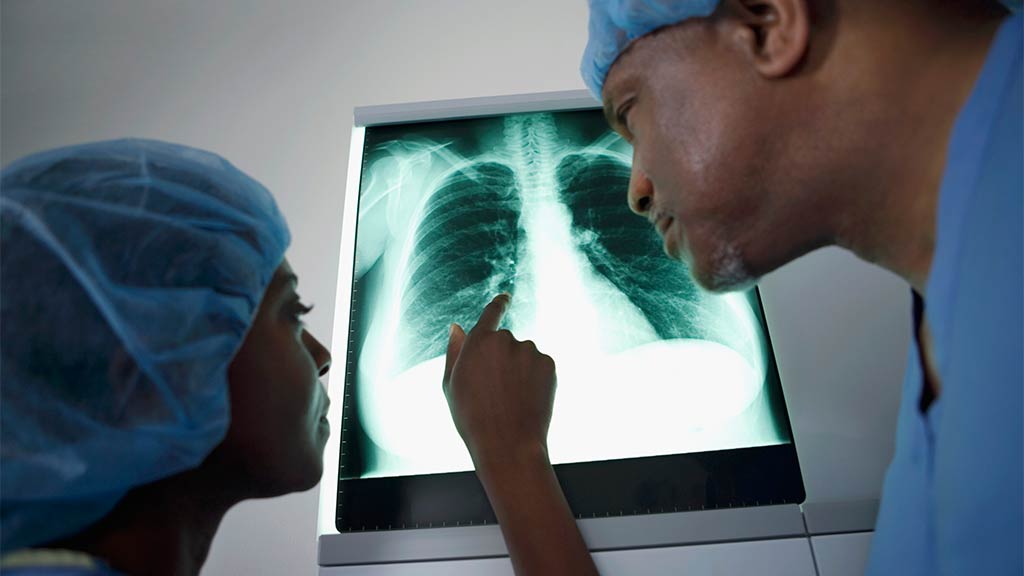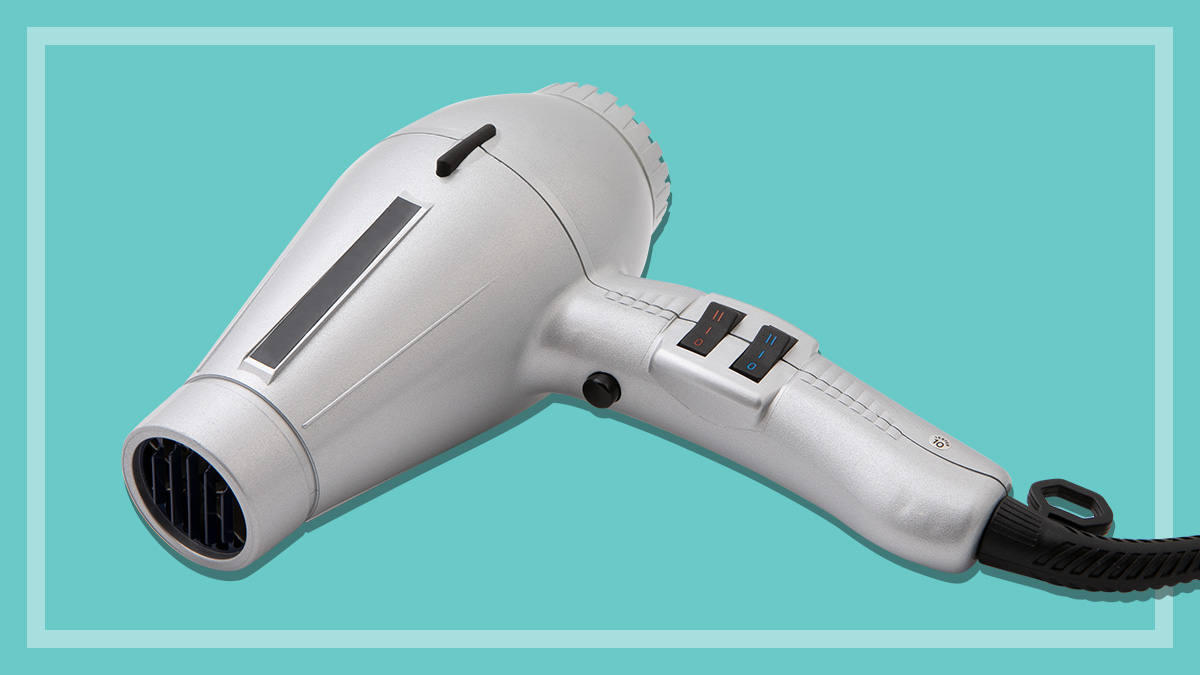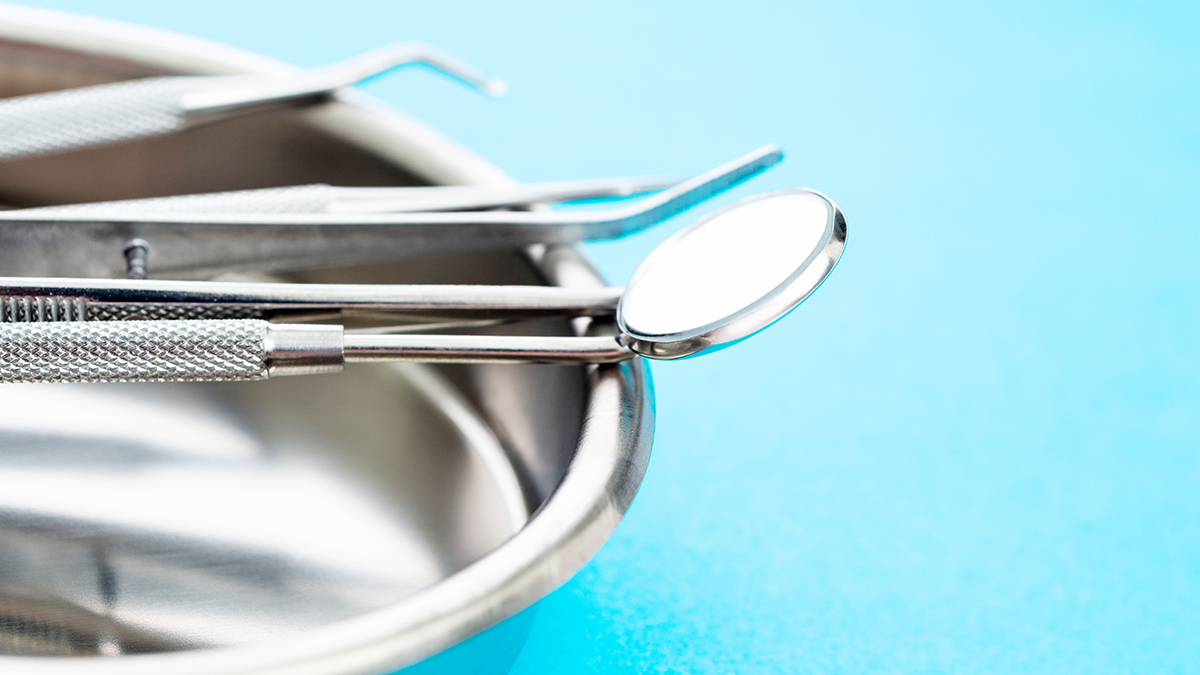Get our independent lab tests, expert reviews and honest advice.
The risks and costs of medical imaging

Medical imaging such as X-rays, ultrasounds and CT scans can help with diagnosis, treatment, and monitoring of many medical conditions, from basic bone fractures to breast cancer. But the two main things you should consider before undertaking these procedures are the risks involved from the exposure to radiation, and what it’s going to cost you.
On this page:
Different types of medical imaging
Radiation is measured in sieverts (Sv) and accounts for both the amount absorbed and the sensitivity of different body parts to radiation. A millisievert (mSv) is one-thousandth of a sievert. To put this in perspective, radiation leakage at the Fukushima nuclear power station after Japan’s tsunami in 2011 was up to 400mSv/h (Sieverts per hour) between reactor buildings and 0.6mSv/h at the main gate.
We take a look at five common methods of medical imaging, what they are used for, and their typical dose of radiation.
- X-ray is the oldest, quickest and least expensive form of imaging. There is loss of fine detail in images of some soft tissues, because various structures are overlaid within the image.
Typical effective radiation dose: limbs 0.01mSv, chest 0.02mSv, abdomen 1mSv.
- Computerised tomography (CT) uses X-rays to reveal tissues with greater precision because the image is a cross-section, not an overlay. CT is best for the lungs and chest cavity in general. There are now lower radiation dose options.
Typical effective radiation dose: chest 8mSv, abdomen 10mSv.
- Magnetic resonance imaging (MRI) also provides high-quality cross-sections. Strong magnetic fields are used, avoiding the radiation associated with CT, but some medical devices such as pacemakers aren’t compatible. MRI is best for bones, joints, tendons, the spine and brain tumours.
Radiation dose: Nil.
- Positron emission tomography (PET) uses a scanning detector that shows the concentration of radioactive chemicals injected into the patient’s bloodstream. It may be used to identify areas of inadequate blood flow in the brain after a stroke.
Typical effective radiation dose: 5mSv (when not done in conjunction with CT).
- Ultrasound images are not high quality, but there is also no radiation. It’s commonly used to study abdominal organs, pelvic organs, some joints and breast tissue.
Radiation dose: Nil.
Watch the build-up
The idea that modern imaging equipment exposes patients only to modest radiation isn’t true of CT scans. Unnecessary chest CT scans could result in about 40 fatal cancers a year in Australia.
What’s really important to note is that exposure is cumulative, adding up over a lifetime and incrementally increasing the cancer risk. The young are most at risk.
To help limit unnecessary exposure to radiation, make sure the suggested method of imaging isn’t overkill – don’t go for a CT scan, for example, when an X-ray will be adequate.
Facts about radiation exposure:
- Normal background radiation dose is about 2.5mSv per year.
- A 13-hour flight could provide an additional 0.075mSv exposure.
- Airline crew may receive an additional 2mSv-5mSv exposure each year.
- A 1Sv (1000mSv) dose (received all at one time) equals a 5% increase of fatal cancer over a lifetime, and causes temporary radiation sickness.
- Exposure as a foetus, child or adolescent can double or triple this risk.
- Exposure over age 60 may reduce the 5% risk to about 1%, because potential cancer is less likely to manifest during the remainder of the person’s lifetime.
- An 8mSv chest CT has 400 times the radiation exposure of a 0.02mSv chest X-ray.
- A 10mSv abdomen CT may lead to an increased lifetime cancer risk of about 1 in 2000, and is called ”low risk”.
- A 1mSv breast mammogram, associated with a lifetime cancer risk somewhere between 1 in 10,000 and 1 in 100,000, is called ”very low risk”.
- A 0.01mSv limb X-ray has a “negligible risk” as it’s too small to quantify easily.
- CT scans should not be used where an X-ray is adequate, such as to confirm pneumonia has cleared in the lungs of a child.
- These risks represent small additions to the one-in-three chance we all have of getting cancer in our lifetimes.
Exposing the costs
Medical imaging is done by a radiographer, or a sonographer for an ultrasound. The image is evaluated by a radiologist, a specialty role that requires a medical degree and further study.
The Australian Medical Association (AMA)’s suggested fees for medical imaging services are substantial, with big gap payments to match. Our investigations have shown that services generally don’t charge anywhere near the AMA’s recommendations.
GP-referred imaging is largely paid for by Medicare, which has a scheduled fee for imaging services and provides a payment for each one. Patients may also need to contribute directly when there is a gap between the Medicare rebate and the amount charged by the provider, or in rare instances, where no Medicare rebate exists. If a provider is prepared to accept the rebate as full payment, they can bulk bill Medicare, cutting the patient out of the payment process and reducing both administration and accounting costs.
Choosing a provider
Discuss public and private options with your GP, but remember, regardless of the name on the referral, you can go to any imaging provider you choose. Public providers (and some private ones) don’t charge a gap. Among the private providers that do charge a gap, the out-of-pocket costs can be high, so shop around and don’t forget to check waiting times. A gap payment can be the trade-off if you want the convenience of a specific local private provider, with easy parking and no waiting. You can also ask your GP to request bulk billing, but they may choose not to.



